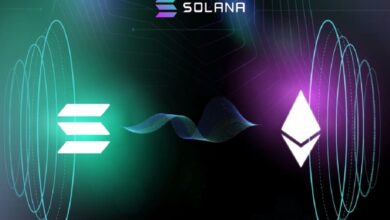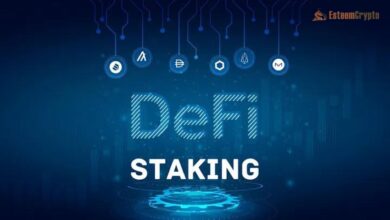Cross-Chain DeFi Coins: The Future of Decentralized Finance
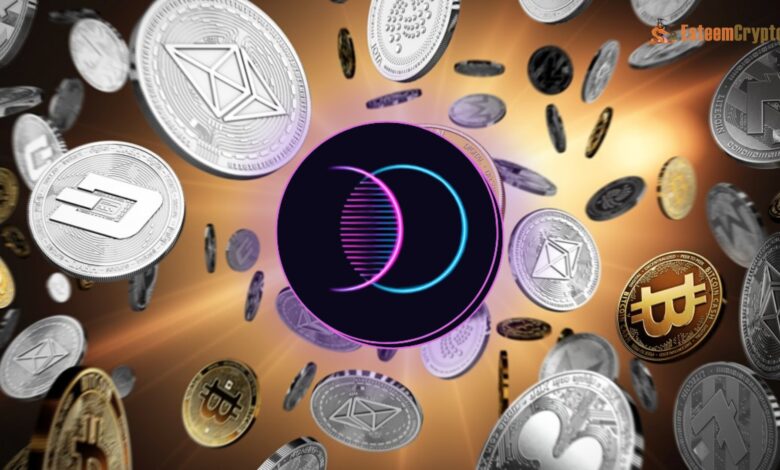
Cross-Chain DeFi Coins: Decentralized Finance (DeFi) is a game-changer in the bitcoin industry since it provides services directly to users, cutting out middlemen. DeFi projects’ popularity has skyrocketed across various uses, including lending, borrowing, trading, and staking. However, the problem of blockchain interoperability has been one of DeFi’s biggest obstacles. The role of cross-chain DeFi coins becomes relevant in this context. They aim to facilitate communication across different platforms as a bridge between blockchains. What does the future hold for decentralized finance in light of the recent advances in cross-chain DeFi coins? That and more are explored in this article.
The Problem of Blockchain Silos
Traditionally, blockchains operate in silos. For example, Ethereum-based DeFi projects can only interact within the Ethereum ecosystem. This limitation hinders the full potential of decentralized finance, as users cannot quickly move assets or data between blockchain networks like Bitcoin, Binance Smart Chain, or Polkadot. The lack of interoperability restricts liquidity, increases transaction costs, and limits the user experience.
The Rise of Cross-Chain Solutions
Cross-chain technology aims to solve these issues by enabling different blockchains to communicate and interact. This is done through various mechanisms, including:
- Atomic Swaps: Allow direct peer-to-peer exchanges of cryptocurrencies between different blockchains without the need for intermediaries.
- Bridges: These protocols facilitate the transfer of assets and data between different blockchains. For example, the Binance Bridge allows users to convert their holdings into Binance Chain and Binance Smart Chain-compatible formats.
- Wrapped Tokens: These tokens represent another cryptocurrency on a different blockchain. For example, Wrapped Bitcoin (WBTC) is an Ethereum token that represents Bitcoin.
Key Cross-Chain DeFi Coins
Several cross-chain DeFi coins have emerged, each aiming to enhance interoperability and bring different blockchain ecosystems together. Here are some of the most notable ones:
Polkadot (DOT)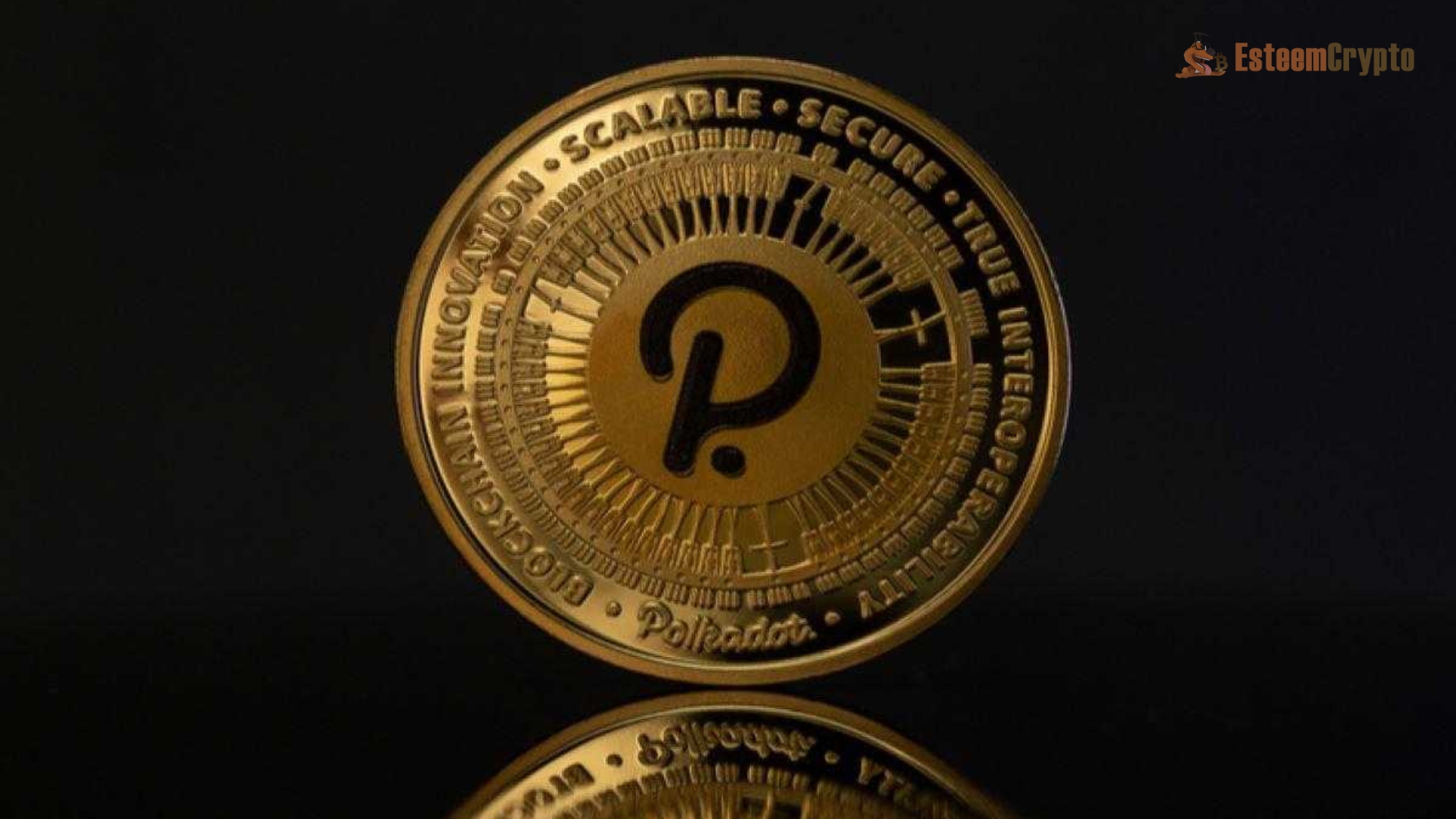
Polkadot is a multi-chain network that allows different blockchains to interoperate. It uses a unique architecture called “parachains,” independent blockchains that run parallel to the main chain, called the “Relay Chain.” Polkadot’s native token, DOT, is used for governance, staking, and bonding. Polkadot’s interoperability features enable it to connect with other blockchains, making it a cornerstone of the cross-chain DeFi ecosystem.
Cosmos (ATOM)
Cosmos aims to create an “Internet of Blockchains,” where different blockchains can communicate with each other using the Inter-Blockchain Communication (IBC) protocol. Cosmos’s native token, ATOM, is used for staking and governance. The Cosmos SDK, a modular framework for building blockchains, has become famous for creating DeFi applications that can interact with other blockchains in the Cosmos ecosystem and beyond.
Ren (REN)
Ren is a protocol that enables the transfer of crypto assets between different blockchains. The Ren Virtual Machine (RenVM) powers this process, allowing users to lock assets on one blockchain and mint them on another. Ren’s native token, REN, is used to pay for transactions within the network. Ren has gained popularity for its ability to bring Bitcoin liquidity to Ethereum-based DeFi projects through RenBTC, a tokenized version of Bitcoin on Ethereum.
ThorChain (RUNE)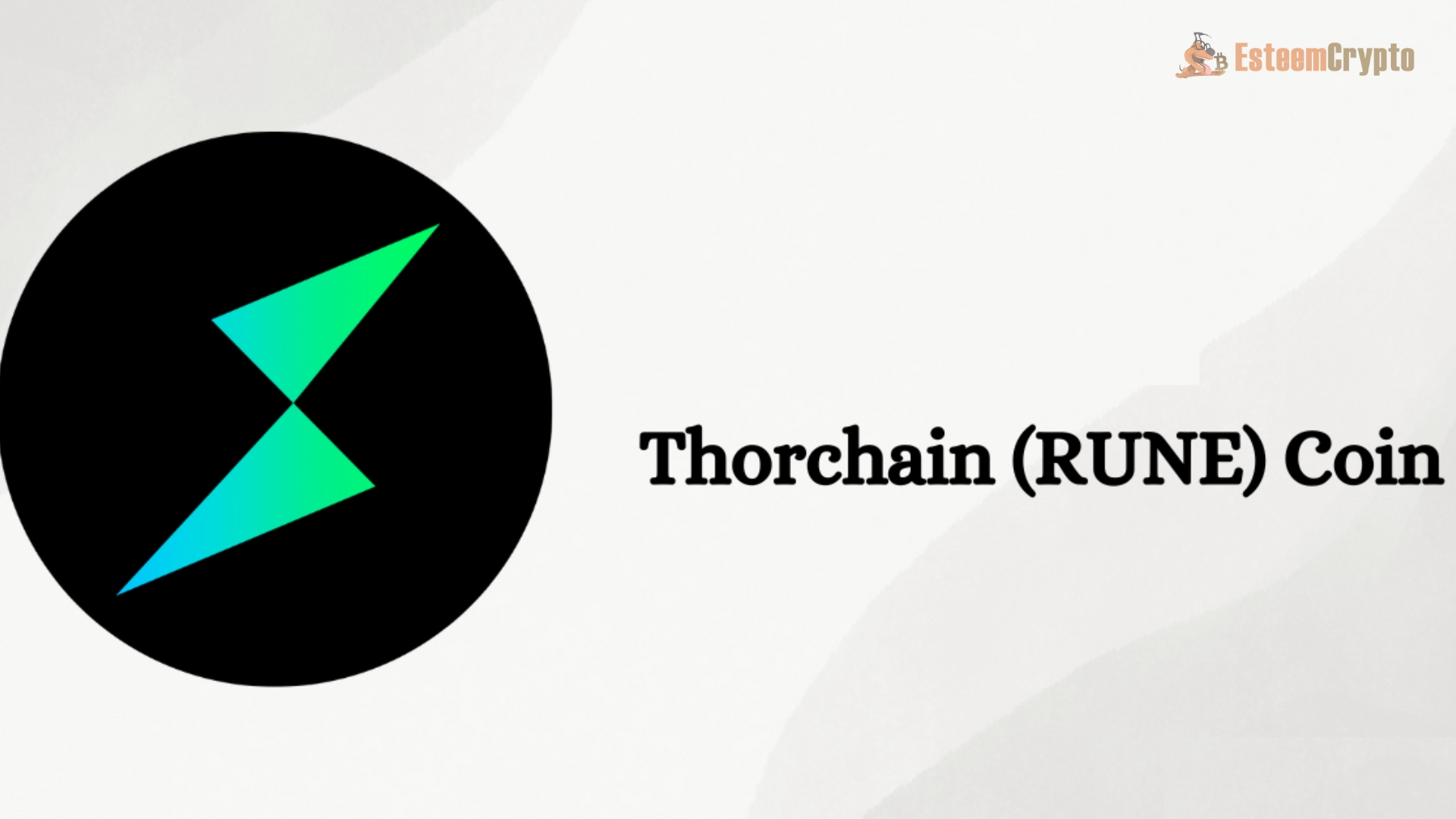
ThorChain is a decentralized liquidity protocol allowing users to swap assets across blockchains without intermediaries. ThorChain’s native token, RUNE, is used for governance, staking, and providing liquidity. ThorChain stands out for its focus on cross-chain liquidity pools, enabling seamless exchanges between assets from different blockchains.
Chainlink (LINK)
Chainlink is not a cross-chain DeFi coin in the traditional sense, but it plays a crucial role in enabling cross-chain interactions through its decentralized Oracle network. Chainlink’s oracles provide reliable data feeds to smart contracts on different blockchains, facilitating cross-chain DeFi applications. Chainlink’s native token, LINK, is used to pay for services within the network.
The Benefits of Cross-Chain DeFi Coins
Cross-chain DeFi coins offer several advantages that are driving their adoption in the DeFi space:
- Increased Liquidity: Cross-chain solutions increase the overall liquidity in the DeFi ecosystem by enabling assets to move freely across different blockchains. This, in turn, reduces slippage and trading costs.
- Enhanced User Experience: Cross-chain DeFi coins simplify the user experience by allowing users to interact with multiple blockchains from a single interface. This reduces the need for multiple wallets and accounts.
- More incredible Innovation: Interoperability fosters innovation by allowing developers to combine features from different blockchains. This can lead to the creation of more complex and efficient DeFi applications.
- Reduced Risk: Cross-chain solutions can help mitigate risks by spreading assets across blockchains. This diversification reduces the impact of a single blockchain failure or security breach.
The Future of Cross-Chain DeFi
The development of cross-chain DeFi coins is still in its early stages, but the growth potential is enormous. As more blockchains are created and the demand for interoperability increases, cross-chain solutions will become increasingly important. In the future, we can expect to see:
- More Cross-Chain Bridges: New bridges will emerge, connecting more blockchains and enabling the transfer of a broader range of assets across networks.
- Advanced Cross-Chain Applications: Developers will create more sophisticated DeFi applications that leverage cross-chain technology to offer unique features and services.
- Greater Collaboration: Blockchain projects will increasingly collaborate to create standards and protocols that enhance cross-chain interoperability.
- Improved Security: As the technology matures, we can expect better security measures to be implemented to protect cross-chain transactions.
Conclusion
Cross-chain DeFi coins are at the forefront of the next wave of innovation in decentralized finance. By breaking down the barriers between blockchains, they are unlocking new opportunities for liquidity, innovation, and user experience. While challenges remain, the potential benefits of cross-chain DeFi are too significant to ignore. As the technology continues to evolve, cross-chain DeFi coins will play a crucial role in shaping the future of the crypto ecosystem.


